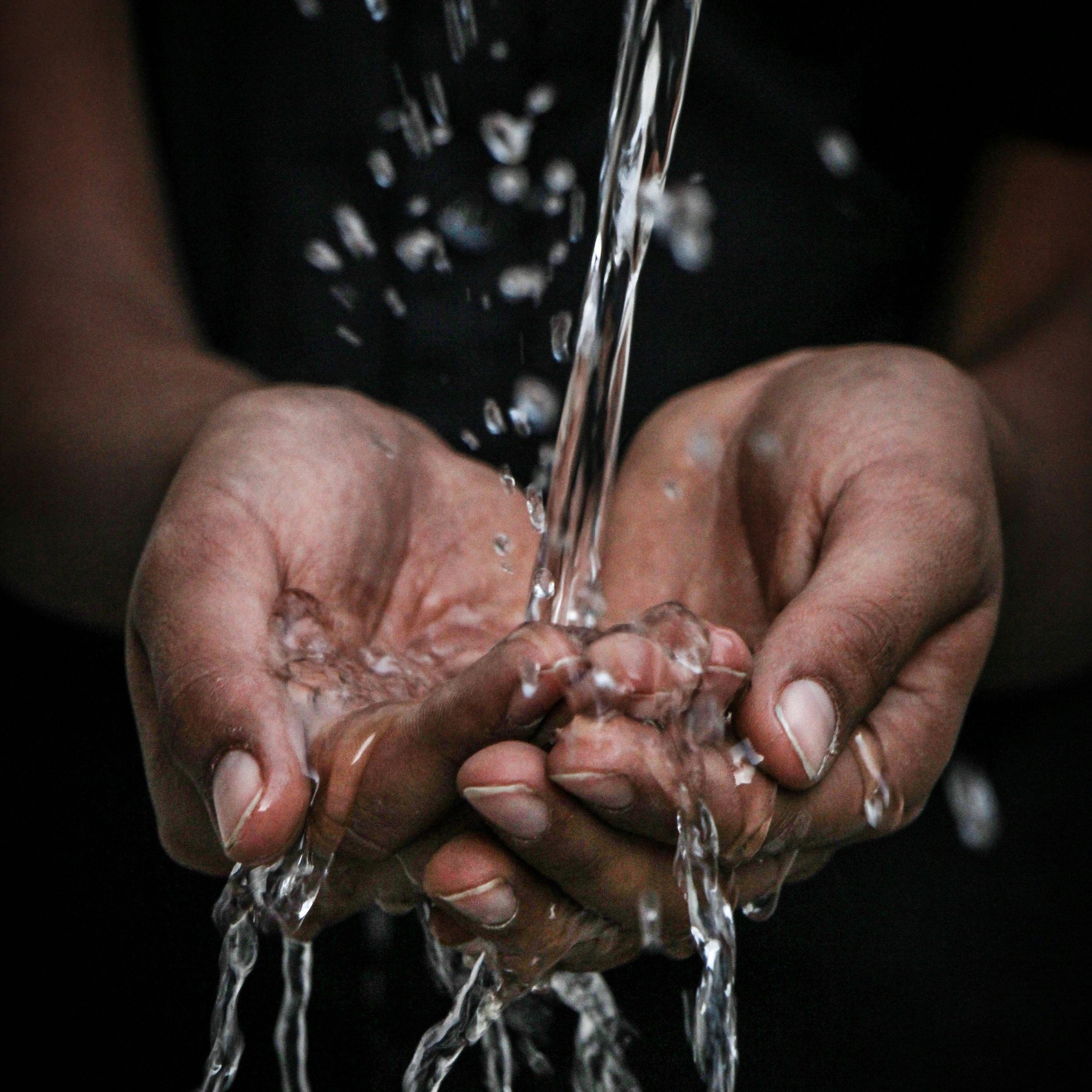My Tips to Choose the Right Running Sneaker for YOU
Running, a high-impact activity involving approximately 2000 steps per mile, puts considerable repetitive stress on the body. This explains the relatively high incidence of injuries among runners compared to athletes in other sports.
Whether you’re doing trail running or road running, it’s going to be stress on the body - regardless.
But one factor plays a significant part in how that impact is being absorbed on the bones and joints and that’s the footwear you choose to run in.
It’s important to consider the following before picking up a pair of running sneakers:
The type of running you are going to be doing
Consider how you run - do you over pronate? Under pronate? Roll your ankles a lot? Have back pain?
If you aren’t sure, I would take a look at a pair of old running sneakers. Flip them over and take a look to see where they are most worn.
Too much or too little support in your running sneaker can cause injury or cause old injuries to flare up. Factors such as knee pain, ITB syndrome, plantar fasciitis, achy arches, bruised toenails, or loss of toenails, your sneakers are probably not the right fit for you.
Here are my top things to consider when choosing a running sneaker:
The support. The shoes should have sufficient cushion and provide support for your specific needs. They should have some cushion, but not be over cushioned. If you create too much space between your heel and the ground by getting a sneaker that’s too cushioned, knee, hip and other issues can possibly come up. But too little support/cushion can also cause bone and joint problems. If you aren’t sure what your needs are exactly, I would consider heading into a runners store and talking to a sales person. They’re super knowledgeable and usually have a treadmill you can run on where they can examine your stride and tell you what you need- super helpful.
Look for something lightweight. You want sneakers lightweight especially if you’re planning on running long distances. Try the sneakers on and give them a test drive if you can. They should feel like you’re running on “clouds” but not have too high of a barrier between your foot and the floor.
Look for something flexible. The shoes should be flexible to allow you to move freely and easily. If your foot tends to be pretty stiff, you want a more flexible sneaker. If you tend to roll your ankle a lot of over pronate, you may want to consider a more “stiff” sneaker which will help in supporting you. *
Many foot conditions can be avoided if only people took proper care of their feet; starting with wearing the right footwear. I would consider taking the time form the start to find the right sneaker for you and the running you plan on doing.
My top two running sneakers of choice are:
Brooks
Asics
APL
Weightlifting Sneakers
Remember, if you are a weightlifter and a runner, make sure you get a separate sneakers. You should lift in something flat, something like converse, and have a different running sneaker. The same sneaker should not be worn for strength training and running!
*source: https://www.trainingcor.com/8-signs-youre-wearing-the-wrong-shoes-for-running/











